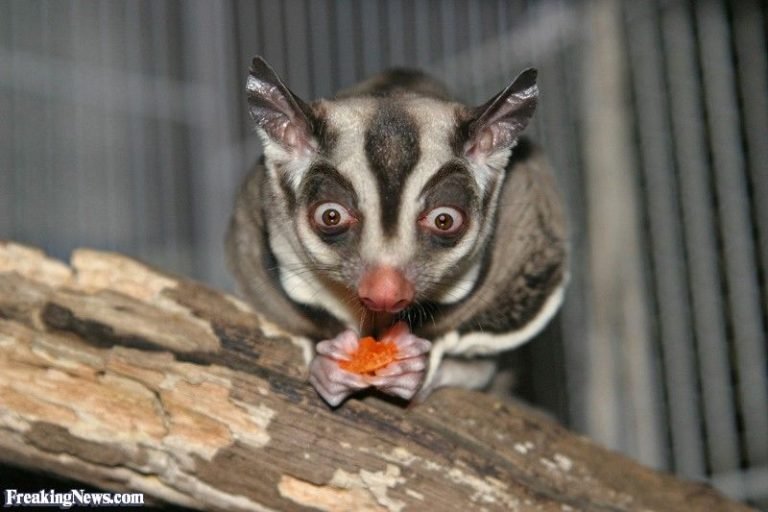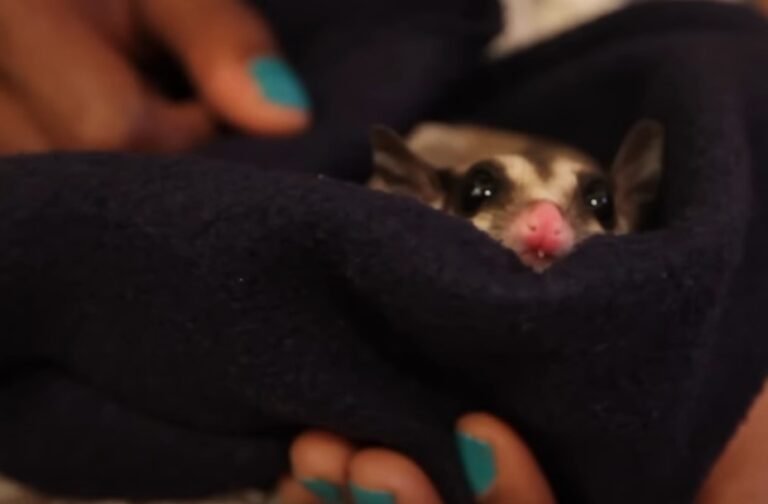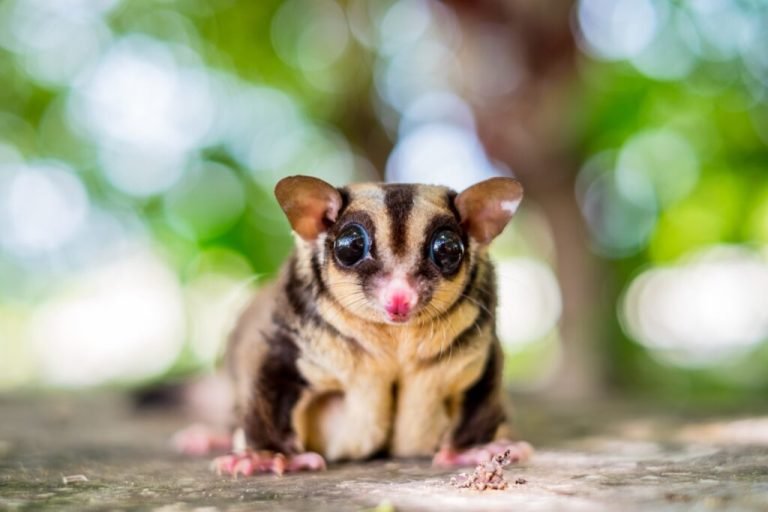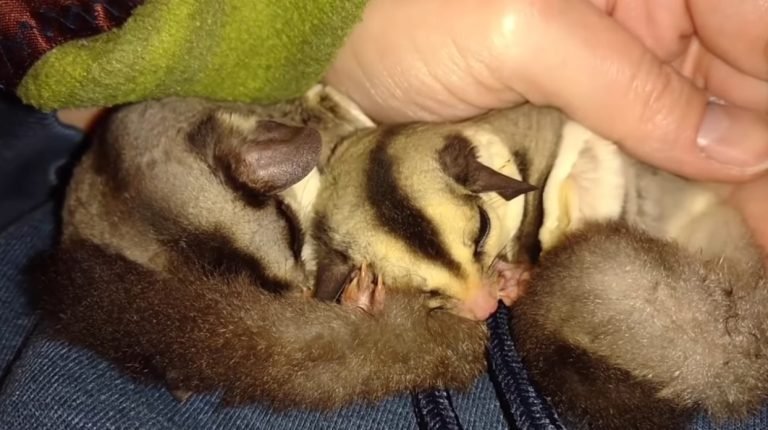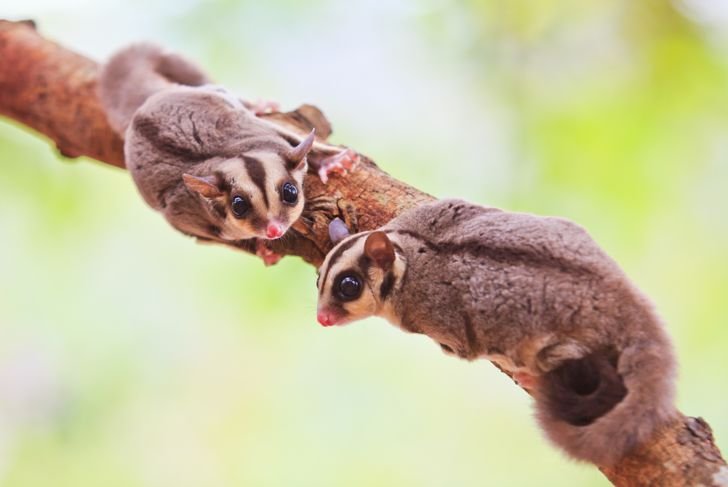Sugar Glider Self Mutilation
Have you ever wondered why some sugar gliders engage in self-mutilation? It’s a distressing behavior that can be challenging for both glider owners and veterinarians. In this article, we’ll take a closer look at sugar glider self-mutilation, exploring its causes, symptoms, prevention, and treatment options. Let’s dive in and find out more about this concerning behavior.
The Mysterious World of Sugar Glider Self-Mutilation
Sugar gliders are small, nocturnal marsupials native to Australia and Indonesia. These adorable creatures are renowned for their big eyes, fluffy tails, and gliding abilities. However, just like any other animal, they are susceptible to certain behavioral problems, such as self-mutilation.
What is Sugar Glider Self-Mutilation?
Sugar glider self-mutilation refers to the act of a glider inflicting harm upon itself by chewing, biting, scratching, or pulling out its fur or skin. This behavior can range from mild to severe, and it often indicates underlying physical or psychological issues.
Possible Causes of Self-Mutilation in Sugar Gliders
Several factors can contribute to self-mutilation in sugar gliders. While the exact cause may vary from one individual to another, here are some potential triggers:
1. Stress and Anxiety: Sugar gliders are highly social animals that thrive in the company of other gliders or their human caregivers. Social isolation, changes in environment, or lack of mental stimulation can create stress and anxiety, leading to self-mutilation.
2. Boredom: Sugar gliders are curious and intelligent creatures that require mental and physical stimulation. Inadequate environmental enrichment or lack of toys and activities may cause boredom, which can manifest as self-mutilation.
3. Health Issues: Underlying medical conditions, such as skin infections, allergies, parasites, or nutritional deficiencies, can result in itching, discomfort, and irritation, prompting gliders to engage in self-mutilation.
4. Trauma or Abuse: Sugar gliders that have experienced trauma, neglect, or abuse in the past may develop self-mutilation as an expression of anxiety and distress.
Identifying Symptoms of Self-Mutilation in Sugar Gliders

Detecting self-mutilation in sugar gliders can be challenging, as they are adept at hiding their wounds. However, the following signs may indicate the presence of self-mutilation:
1. Hair Loss: One of the most apparent signs is patches of missing fur or bald spots on the glider’s body.
2. Scratches and Wounds: Look for visible scratches, wounds, or scabs on the glider’s skin. These may be accompanied by redness, swelling, or inflammation.
3. Blood Stains: Blood stains on the glider’s fur, bedding, or cage can be a clear indicator of self-mutilation.
4. Behavioral Changes: Gliders may exhibit signs of distress, such as excessive grooming, restlessness, aggression, or lethargy.
Prevention and Treatment Options
Addressing sugar glider self-mutilation requires a comprehensive approach that focuses on both the glider’s physical and psychological well-being. Here are some preventive measures and treatment options to consider:
1. Provide Adequate Social Interaction: Sugar gliders thrive in groups, so ensure that they have sufficient socialization opportunities. Consider introducing another compatible glider as a companion.
2. Create an Enriching Environment: Encourage natural behaviors by providing a spacious cage, plenty of toys, climbing structures, and hiding spots. Rotate toys regularly to prevent boredom.
3. Maintain a Balanced Diet: Ensure your gliders receive a well-rounded diet that includes a variety of fresh fruits, vegetables, proteins, and specialized glider pellets. Consult a veterinarian for nutritional advice.
4. Seek Veterinary Care: If you suspect self-mutilation or notice any concerning symptoms, consult a veterinarian experienced in exotic animal care. They can perform a thorough examination, identify underlying medical conditions, and recommend appropriate treatments.
5. Behavioral Modification: Working with a qualified animal behaviorist or glider-experienced veterinarian can help address underlying psychological issues contributing to self-mutilation. They may recommend environmental modifications, positive reinforcement training, or medication if necessary.
Frequently Asked Questions
Now, let’s address some common questions regarding sugar glider self-mutilation:
Q: Can self-mutilation in sugar gliders be contagious?
A: No, self-mutilation itself is not contagious. However, if gliders are housed together and one engages in self-mutilation, other gliders may exhibit distress-related behaviors due to the social bond they share.
Q: Is self-mutilation common in sugar gliders?
A: While self-mutilation is not as common as in some other animals, it can occur in sugar gliders, especially when they face stress, boredom, or underlying health issues.
Q: Can sugar glider self-mutilation be fatal?
A: If left unchecked, severe cases of self-mutilation can lead to serious infections, complications, and, in rare instances, be fatal. Early detection and intervention are crucial to prevent such outcomes.
Q: Can I treat sugar glider self-mutilation at home?
A: While minor cases of self-mutilation may improve with environmental modifications and improved care, it is always best to consult a veterinarian for a comprehensive assessment and recommended treatment plan.
Final Thoughts
Sugar glider self-mutilation is a distressing behavior that requires prompt attention and appropriate care. By understanding the potential causes, identifying symptoms early on, and implementing preventive measures, you can help your glider live a happy and healthy life. Remember, seeking professional advice from a veterinarian experienced in sugar gliders is essential to address any underlying medical or behavioral issues. With the right approach, you can support your glider’s well-being and minimize the risk of self-mutilation.


